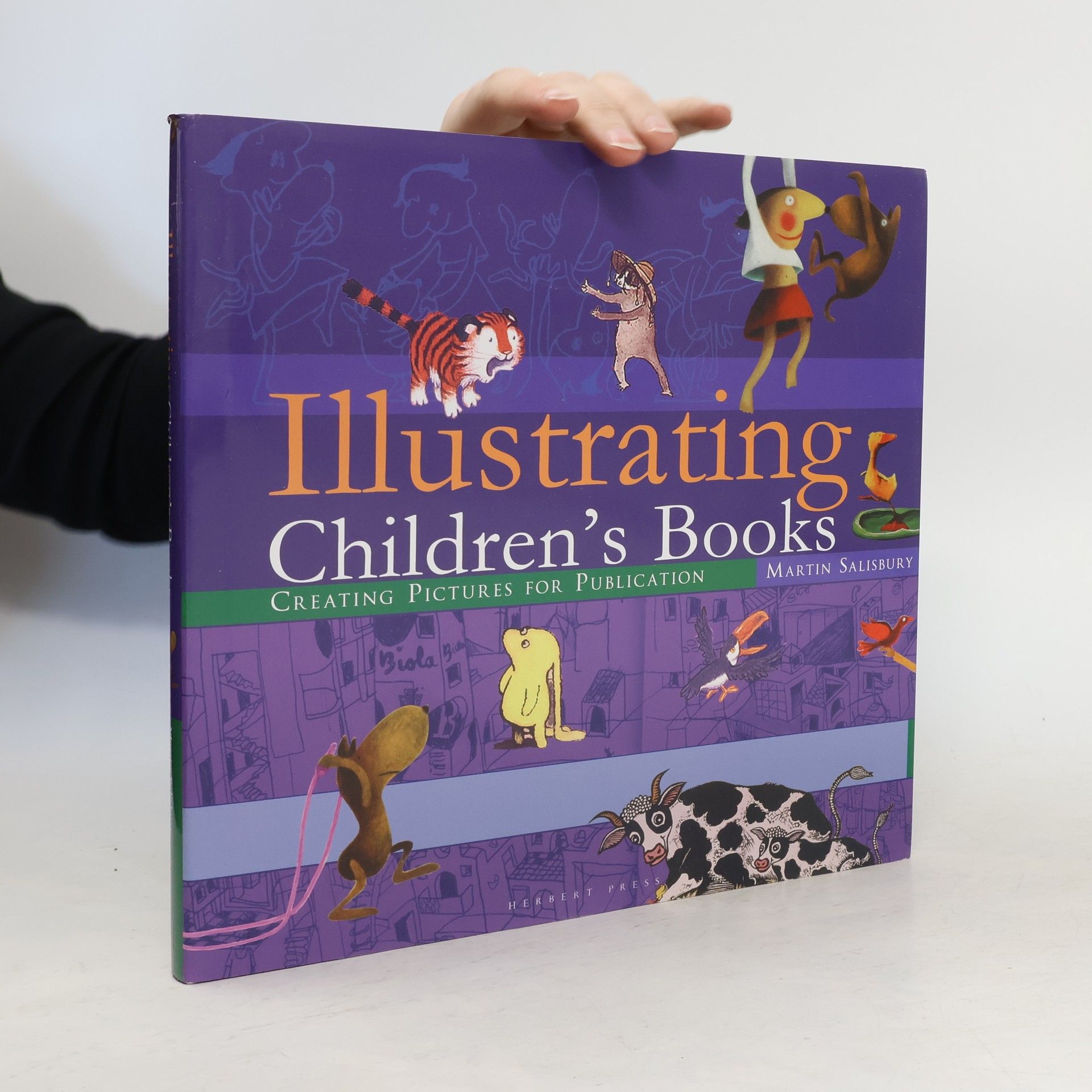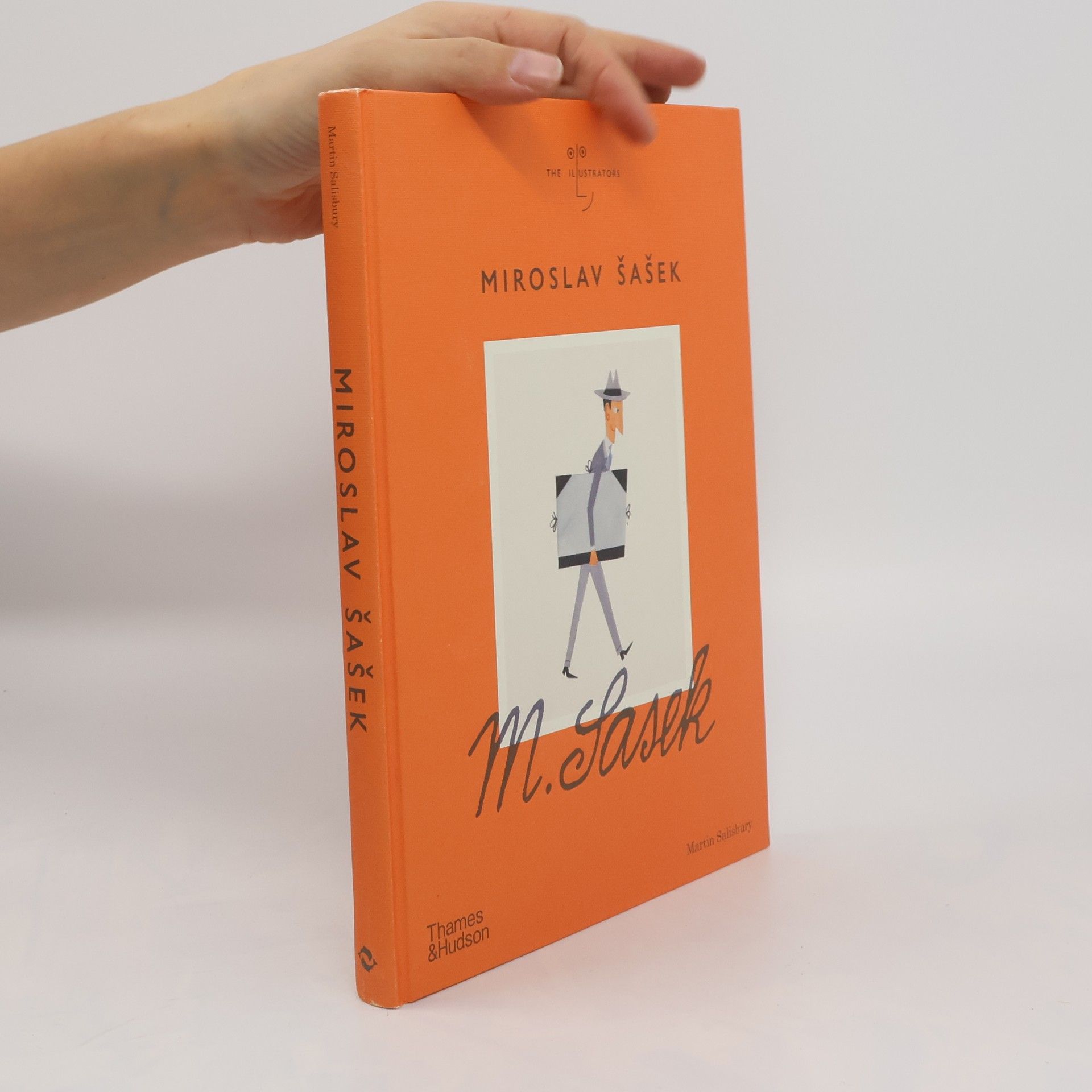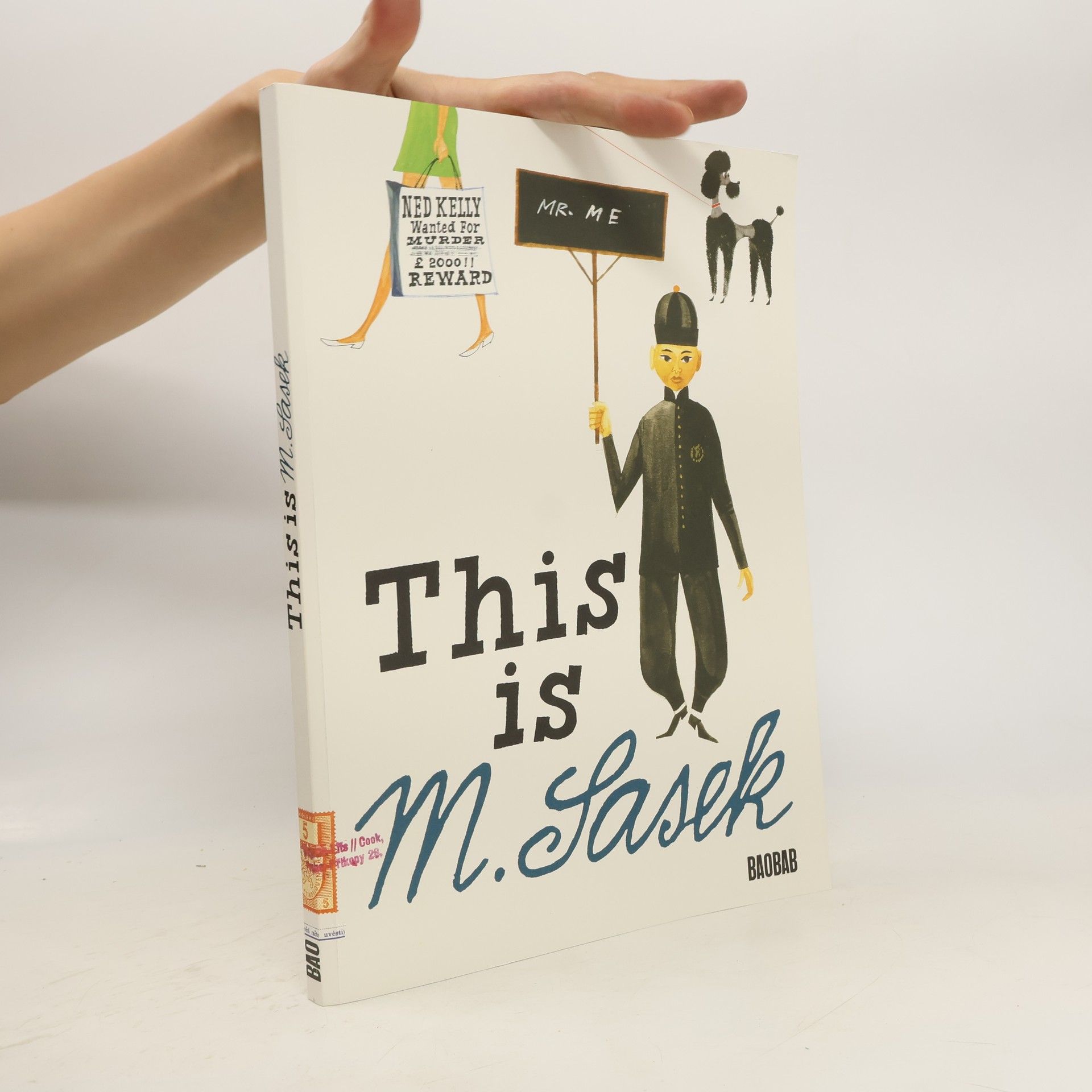A charming biography of the artist behind the bestselling This is series of children s books which have sold over a million copies since being reissued by Universe illustrated in the style of Miroslav Sasek himself.
Martin Salisbury Boeken
Deze auteur wijdt zich sinds de jaren '70 aan illustratie en schilderkunst. De laatste jaren heeft zijn werk zich voornamelijk gericht op kinderboekenillustratie, schilderen voor tentoonstellingen en schrijven over tekenen en illustratie. Hij levert regelmatig bijdragen aan kunsttijdschriften en was medeoprichter van het internationaal geprezen grafische tijdschrift Line. Zijn werk wordt erkend als een belangrijke bijdrage aan onderzoek op het gebied van illustratie en tekenen.






Miroslav Sasek
- 112bladzijden
- 4 uur lezen
Czech artist Miroslav Sasek (1916-1980) was remarkable for his unique and pioneering approach to non-fiction picture books, illustrating daily life as if seen from a child's perspective. His bestselling This Is... series eventually totalled eighteen books. A witty collection of travel guides for children, the books employ an avant-garde synthesis of word and image that captures the joyous idiosyncrasies of life and culture in cities and countries around the world. With great insight, acclaimed author Martin Salisbury analyses Sasek's multifarious oeuvre, and how he became one of the twentieth century's most beloved and significant contributors to the world of picture books. The artist's charming travelogues continue to appeal to adults and children alike, even in a digital age exploding with travel imagery. In this beautifully designed book, illustrated with sketches and original artwork, and featuring examples spanning from Greece to Hong Kong, Rome to San Francisco, Ireland to Israel and more, Sasek's best-known works come alive alongside lesser-known aspects of his practice, such as painting and puppet-making. With 119 illustrations
Using step-by-step sketches and instructions, this book guides the reader through the techniques used to produce illustrations for children's books. Tackling various styles, such as fantasy, fairy tales, realism and nature, the author explains how to create effective illustrations to match any children's story.
Children's picturebooks
- 192bladzijden
- 7 uur lezen
Children's picturebooks are the very first books we encounter, and they form an important, constantly evolving, and dynamic sector of the publishing world. But what does it take to create a successful picture book for children? In this publication, Martin Salisbury and Morag Styles introduce us to the world of children's picturebooks, providing a solid background to the industry while exploring the key concepts and practices that have gone into the creation of successful picturebooks.
Children's Picturebooks Second Edition
- 200bladzijden
- 7 uur lezen
Children's picturebooks are the very first books we encounter and play a major role in introducing us to both art and language. But what does it take to create a successful picturebook for children? This revised edition of a bestselling title carries invaluable insight into a highly productive, dynamic sector of the publishing world. Featuring interviews with leading illustrators and publishers from across the world, it remains essential reading for students and aspiring children's book illustrators and writers.
100 Great Children's Picture Books
- 216bladzijden
- 8 uur lezen
"This unashamed visual feast celebrates the best designed and illustrated picturebooks from around the world over the past one hundred years. Each book is a creation of genius and inventiveness, and their design and illustration represent such diverse trends as the Russian Constructivists, Italian Futurists, and Postwar Neo-romantics. They are also mirrors of their times, reflecting social concerns from a child's and family's perspectives throughout the twentieth and into the twenty-first century." -- (Source of summary not specified)
A treasure trove of visual delights: examples of the sketchbooks of sixty international illustrators offer new insights into their artistic practice. Intimate and often unseen, the sketchbook means something different to each illustrator. It might be a beautiful object, a work of art in its own right, where every line is painstakingly considered. It might be a pictorial playground, where mistakes can make art. The boundaries between sketchbooks, notebooks and visual journals are often blurred, lending to the creativity that fills their pages. It is likely that you will recognize many of the illustrators featured, including classic childhood favourites Beatrix Potter, Jean de Brunhoff, Edward Ardizzone and Tove Jansson, and established names such as Beatrice Alemagna, Oliver Jeffers and Shaun Tan. Others are up-and-coming, for example Charlotte Ager and Leah Yang. Martin Salisbury draws on decades of experience as an illustrator and educator to shed light on the lives and work of each artist. He even reveals pages from his own sketchbooks, exposing the rawness of his ideas and the narratives that surround them. As the reader will discover, sketchbooks are often a fascinating and surprising window into the mind of the illustrator.
This essential handbook explores the subject of drawing for illustration in-depth, with an emphasis on drawing as a skill and fundamental language that every illustrator should master. It aims to encourage students through examples and case studies, by showcasing the often-unseen world of draughtsmanship that underpins the finished graphic. From book illustration to graphic novels, caricatures to commercial design, it draws on contemporary sketchbooks, projects and historical examples to make the connection between the practice of drawing from observation and drawing from imagination.Martin Salisbury sets out by explaining the fundamentals of this exciting discipline, before outlining the basic principles of line, tone, composition and colour through inspiring examples. Different approaches to drawing including anecdotal, sequential and reportage are examined, to enable students to acquire their own personal visual language. Interviews with illustrators also provide invaluable insight into the creative process, as they outline their challenges and motivations, and what drawing personally means for them.Packed with visual inspiration, this book features detailed analysis of works by key illustrators from past and present including George Cruikshank, Toulouse-Lautrec, Ronald Searle and Sheila Robinson through to Laura Carlin, Alexis Deacon and Isabelle Arsenault, looking at the differing roles drawing plays in their particular illustrative languages and how styles have changed over time
Ilustración de libros infantiles
- 144bladzijden
- 6 uur lezen
Este libro guía en la creación de imágenes para niños, analizando métodos de estudiantes avanzados y artistas reconocidos. Describe la evolución de ideas y ofrece recomendaciones sobre diversas técnicas, además de consejos profesionales para ilustrar para diferentes edades y publicaciones.
